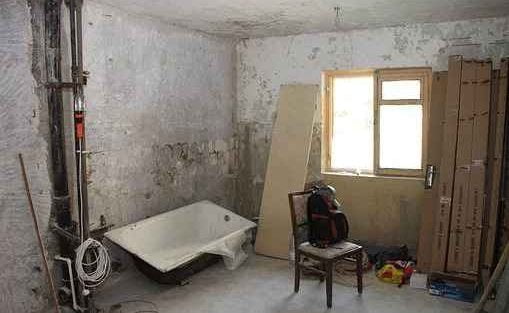Last updated on March 27th, 2024 at 10:47 pm
Spray foam insulation, typically categorized into open-cell and closed-cell foam, has become a popular choice among homeowners and contractors. Known for its superior insulating properties and versatility, it’s the ideal solution for those seeking both energy efficiency and cost-effectiveness.
This article goes into the advantages and long-term benefits of spray foam insulation, shedding light on why it could be the perfect choice for your next construction or renovation project.
Table of Contents
Energy-Efficiency
Spray foam insulation is a high-performance material that provides an air-tight seal, keeping your home free from drafts and energy leaks. This reduces the energy needed to heat or cool your home, resulting in significant savings on utility bills.
According to the U.S. Department of Energy, spray foam insulation can lower heating and cooling costs by up to 50 percent. It also ensures even temperature distribution throughout your home, eliminating hot and cold spots that can cause discomfort and energy waste.
Cost-Effectiveness
While spray foam insulation may have a higher initial cost compared to traditional forms of insulation, its long-term benefits far outweigh the upfront investment. Due to its superior insulating properties, it can dramatically reduce energy costs, saving homeowners hundreds or even thousands of dollars over time. Additionally, its durability and low maintenance make it a cost-effective choice in the long run.
Versatility
Spray foam insulation can be applied to various surfaces and areas, including walls, ceilings, attics, crawl spaces, and basements. It conforms to any shape or size, making it perfect for those hard-to-reach areas that traditional insulation cannot cover. It also acts as a sound barrier, reducing noise from outside sources, such as traffic or loud neighbors.
Durability and Longevity
Spray foam insulation has an indefinite lifespan, meaning it won’t need to be replaced or replenished over time. It’s known to maintain its insulating properties for the life of the building, ensuring long-term energy savings. Unlike traditional forms of insulation, it’s not susceptible to mold or mildew growth, making it a healthier and more hygienic option for your home.
Environmentally Friendly
One of the significant advantages of spray foam insulation is its eco-friendliness. It can help reduce your carbon footprint by lowering energy consumption, thereby decreasing the use of fossil fuels. It also has no harmful emissions and contains no ozone-depleting chemicals, making it a safe and sustainable option for homeowners and the environment.
Potential Drawbacks of Spray Foam
While spray foam insulation offers numerous benefits, it’s important to consider some potential drawbacks:
- Initial cost - The up-front costs of spray foam insulation can be higher than traditional insulation methods. However, the long-term energy savings can offset this initial investment.
- Professional installation required - Spray foam insulation requires professional installation to ensure that it is applied correctly and safely. Incorrect installation can lead to gaps in coverage and potential health hazards from exposure to the insulation’s chemicals. Talk to professionals about this by visiting their website.
- Health concerns - During the installation process, the chemical components of spray foam insulation can cause respiratory irritation if inhaled. Thus, it is crucial to evacuate the premises during installation and allow adequate time for the foam to cure before re-entering.
- Difficulty in inspecting and repairing enclosed spaces - Once applied, spray foam insulation hardens and fills the cavities, making inspecting and repairing enclosed spaces like electrical wiring or plumbing more challenging.
- Potential for over-insulation - If too much spray foam insulation is applied, especially in the case of closed-cell foam, it can lead to a lack of ventilation and cause potential moisture problems.
Additional Factors to Consider With Spray Foam Insulation
When considering spray foam insulation, it’s essential to take into account the following factors:
- Climate - Spray foam insulation is highly effective in all climates, making it an ideal choice for homes in extreme temperatures.
- Building codes - Check local building codes and regulations before choosing spray foam insulation, as some jurisdictions may have specific requirements for its use.
- Type of foam - There are two types of spray foam insulation: open-cell and closed-cell. While both provide excellent insulating properties, each has its unique characteristics that make them suitable for different applications.
- Cost savings calculation - When considering the cost-effectiveness of spray foam insulation, it’s essential to factor in not only energy savings but also potential maintenance and repair costs over time.
Related Articles:
Effective Techniques for Removing Cobwebs from Your Home
A Game-Changer in Business Travel and Relocation
Conclusion
Spray foam insulation offers numerous benefits, making it a highly sought-after choice for homeowners and contractors. Its energy efficiency, cost-effectiveness, versatility, durability, and eco-friendliness make it an attractive option for any construction or renovation project.
However, before choosing spray foam insulation, it’s important to consider the potential drawbacks and additional factors to ensure it’s the right fit for your specific needs and location.
With proper installation and maintenance, spray foam insulation can provide long-term benefits far outweigh any initial costs.






